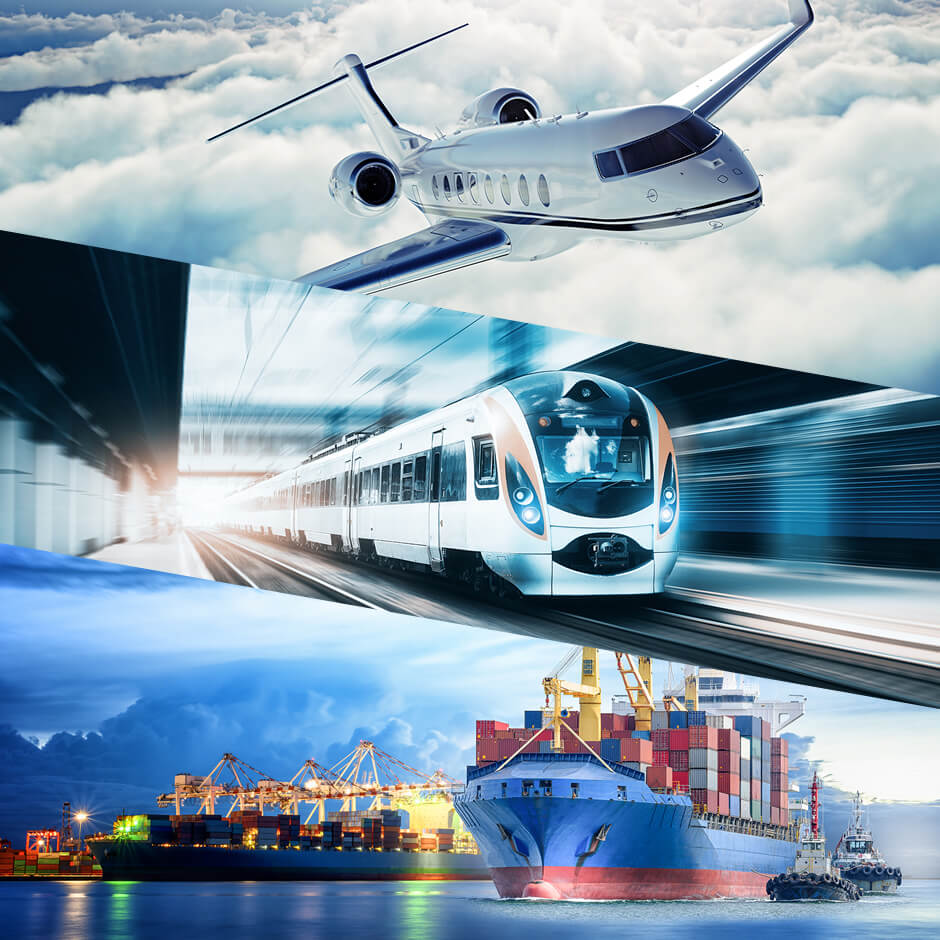
What Electro MobilityLaboratory aims at?
Human beings have been enjoying benefits of the modern and the comfortable lives since 18th century by consuming the huge amount of energy on the glove. But the reserved fossil fuel on the earth are limited and energy saving are strongly required for sustaining the cultural and comfortable lives even in the future.
For this sake, the utilization of the electrical energy is a one of the effective measures because the electrical energy is possible in bidirectional, precise, fast energy conversion to the other energy, and efficient transmission over long distance. Power electronics is a key technology to control the electrical energy effectively as mention above.
Electrical traction drive has been utilized in railway transportation over 150 years. The electrical traction drive is also recently applied to automobile traction and is expected to be applied even to the aircraft propulsion in the future. Technologies for electric power feeding, energy storage, power conversion, the electrical and mechanical energy conversion by the down sized electrical equipment are essential to promote the transportation electrification. These technologies are also commonly useful for the high efficient electrical energy utilization in the other application. Thus the study on the electrical mobility may also promote to improve the high efficient energy utilization.
Electro Mobility System Lab. in the Department of Electrical Engineering and Bioscience, in Waseda University, has been newly established in April 2018, when Prof. Keiichiro Kondo has moved to Waseda University.
Kondo Lab. mainly covers the technical fields of,
- Wireless power transmission
- Energy storage and fuel cell power and energy management
- Power electronics and motor drive
- Application of those of three items above.
The research theme in Kondo Lab. is featured by many of the corroborative research projects with the industries.
1Study on motor drive systems and motors.
Induction motors have been widely applied to industrial drive filed and the related technologies are regarded as a “matured technology”. However there still is a technical topic to be improved as an electrical drive system, such as a unified design method of IMs with the inverter, modern design and tuning procedures of the speed sensor less controller, and a general control method of induction motor drive with whole system including the power source to the load. These topics are studied in order to not only solve the technical issues but also success the induction motor drive technology to the next generation.
Figure 1 compares the experimental results of anti-slip control in both cases with speed sensor and speed sensor-less control. In the speed sensor-less control, the controller design under the transient speed condition is important.
Permanent magnet synchronous motors (PMSMs) are dominant in the field of application to electric vehicles and are expected as a power source of propulsion system for electrified aircrafts in the future. High speed drive is essential for future down size and light weight of PMSMs. For this sake, precise and quick torque control method the field weakening region are studied as a key technology in Kondo Lab.
Figure 2 shows the experimental results of high performance torque control method to be combined with DC chopper voltage control.
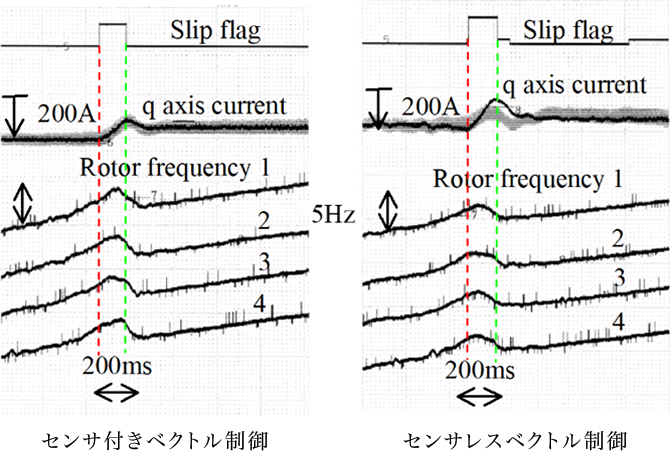
Fig.1. Experimental results of slip-readhesion control of induction motor drive in electrical railway vehicle.
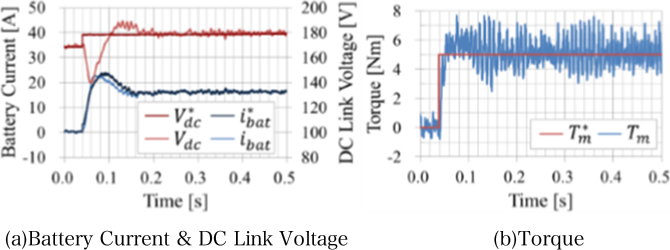
Fig.2. Experimental results of an unified control with PMSM current and battery power assuming the application of electrical vehicle.
2Study on applications of energy storage devices and fuel cells and their power flow control.
Electrical mobility system forms a network of electrical energy utility systems. Improving its performance promotes the application of the highly efficient electrical energy. Energy saving and peak power cut technology for electrical vehicles and electrical railway systems by means of energy storage devices and fuel cells are one of the main technical research topics in Kondo Lab.
Figure 3 shows a hybrid DC voltage source type three level inverter combined with energy storage devices. By means of this circuit configuration, the energy saving effect is expected in the application of vehicle traction. This circuit configuration is originally proposed and has been studied by Kondo Lab.
A peak cut technology as shown in Fig.4 is expected to be applied for future electrical propulsion aircraft to reduce heavy battery on board.
Even without the energy storage devices, the power flow control of the regenerative brake in the railway vehicle can be applied as a power flow control in the electrical energy network.

Fig.3. PWM control and circuit configuration of hybrid three level inverter drive system.
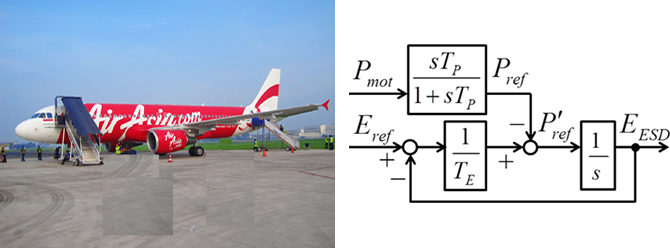
Fig.4. A modern aircraft and an energy management system for the future electrified propulsion system in a future air craft.
3Wireless power transmission
Wireless power transmission (WPT) are expected as a measure of contactless electric power feeding system to electrical mobility systems such as automobiles and railway vehicles. In the high power application of more than 100kW, less reactive power coil design and high efficiency power conversion technologies are very essential. In the lower power range application, downsizing design of whole system including coils and power converters are important. In Kondo Lab., these technical issues has been studied and has been established a method to design less reactive power coil design and high power and efficient power conversion technology.
Figure 5 shows an experimental result of bidirectional power flown control with a scale down model of railway vehicle WPT system.
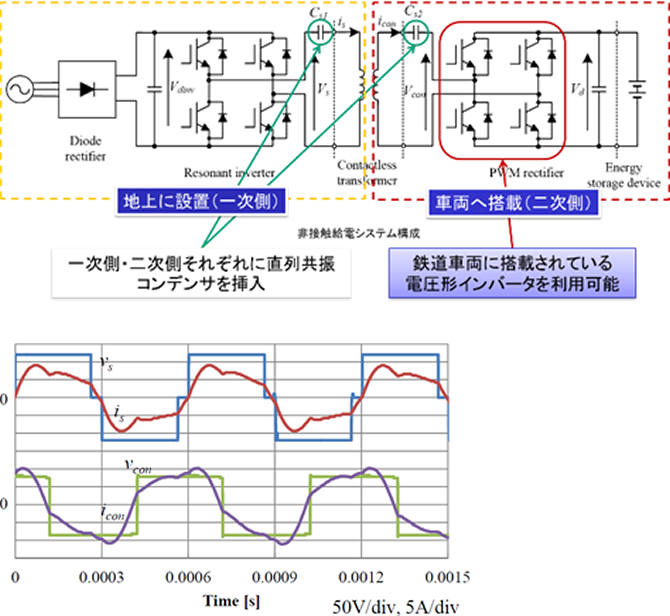
Fig.5. Experimental results of a down sized experimental system of a bidirectional WPT system.
